Are you confused about the difference between pickling and fermentation? You're not alone! Both methods preserve food and enhance flavor, but they work in very different ways. This guide explains the key distinctions, common examples, and when to use each technique for the best results.
Table of Contents
- The Big Question: Is Pickling the Same as Fermenting?
- Understanding Pickling
- Decoding Fermentation
- How Acidity and Microbes Affect Flavor
- Visual Comparison: Pickling vs. Fermentation at a Glance
- When to Use Pickling vs. Fermentation
- Essential Tools for Pickling & Fermenting
- Frequently Asked Questions
- Conclusion: Mastering Food Preservation
The Big Question: Is Pickling the Same as Fermenting?
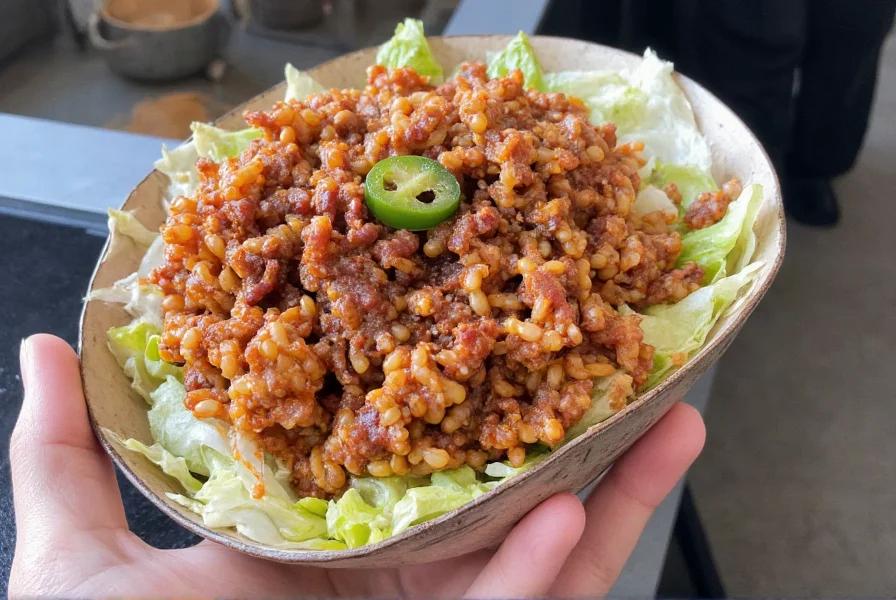
No, pickling and fermentation are distinct preservation methods. Pickling uses an acidic solution (typically vinegar) to preserve food quickly, while fermentation relies on beneficial bacteria breaking down sugars naturally over time. Though both preserve food and enhance flavor, their mechanisms, timeframes, and resulting flavor profiles differ significantly.
Understanding Pickling

Pickling is a fast preservation method where food is submerged in an acidic brine—usually vinegar, salt, sugar, and spices. This creates an environment that inhibits harmful bacteria, preserving food in hours or days. Common examples include cucumber pickles, pickled beets, and pickled onions.
Types of Pickling:
- Quick Pickling (Refrigerator Pickling): Done in hours or days. Ideal for fresh vegetables like cucumbers, carrots, or radishes for immediate use.
- Boil-and-Seal Pickling: Involves sterilizing jars and sealing them after boiling. Used for long-term shelf-stable pickles like classic dill pickles.
- Brine Pickling: Relies on saltwater brine without vinegar. Often overlaps with fermentation but focuses on salt concentration to preserve food.
Decoding Fermentation
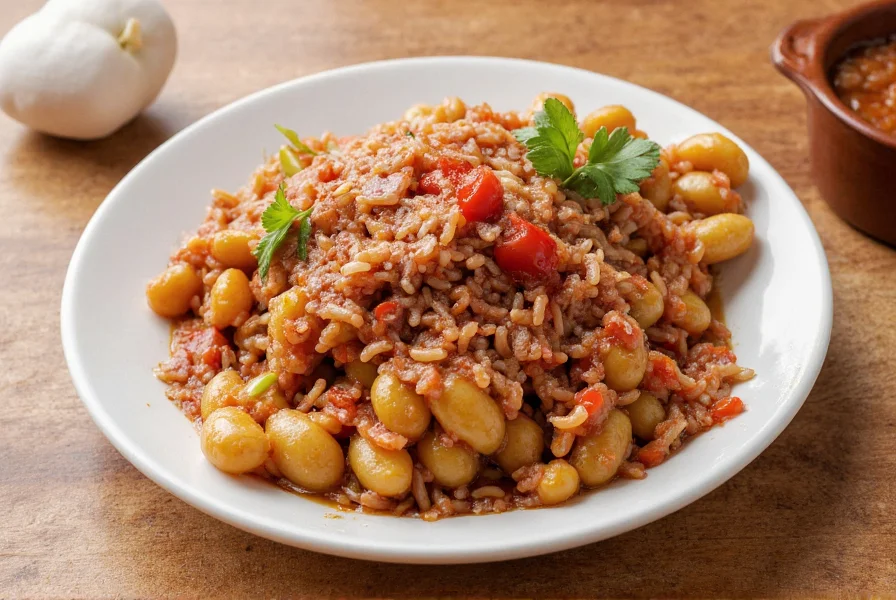
Fermentation is a natural process where microorganisms (yeast and bacteria) break down sugars into acids, alcohol, or gases. Lactic acid fermentation is most common, creating tangy foods like sauerkraut, kimchi, and yogurt. This method develops complex flavors over days or weeks.
How Fermentation Works:
- Salting: Vegetables are massaged with salt to draw out moisture and create brine.
- Microbial Action: Beneficial bacteria thrive and convert sugars into lactic acid.
- Time & Temperature: Left in a controlled environment for days to months, flavors deepen and textures change.
How Acidity and Microbes Affect Flavor
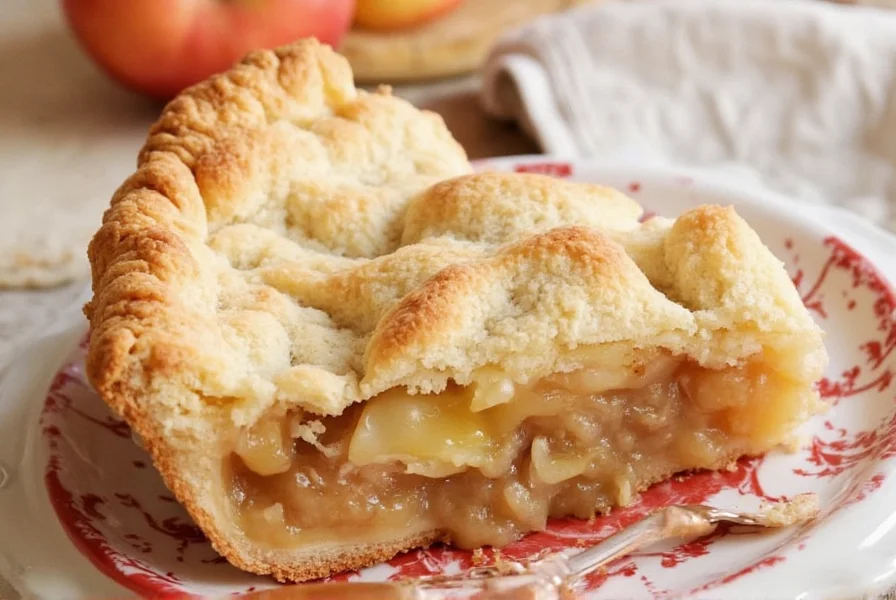
Both methods transform food flavor, but in different ways:
- Acidic vs. Microbial: Vinegar-based pickling delivers immediate sharp acidity, while fermentation creates layered sourness through natural acid production.
- Heat Stability: Some spices and compounds behave differently in acidic environments versus microbial ones, affecting overall flavor complexity.
- Nutritional Impact: Fermentation can increase bioavailability of nutrients and create probiotics, while pickling preserves original nutrients without adding live cultures.
| Mechanism | Pickling | Fermentation |
|---|---|---|
| Preservation Method | Acidic brine (vinegar/salt) | Natural microbial action |
| Time Required | Hours to weeks | Days to months |
| Main Preservative | Vinegar or salt | Lactic acid |
| Flavor Profile | Sharp, tangy, immediate | Complex, sour, umami, evolving |
| Texture Impact | Retains crispness | Softens over time |
| Shelf Life | Months to years (sealed) | Weeks to months (refrigerated) |
| Gut Health Benefits | None | Potential probiotics |
When to Use Pickling vs. Fermentation
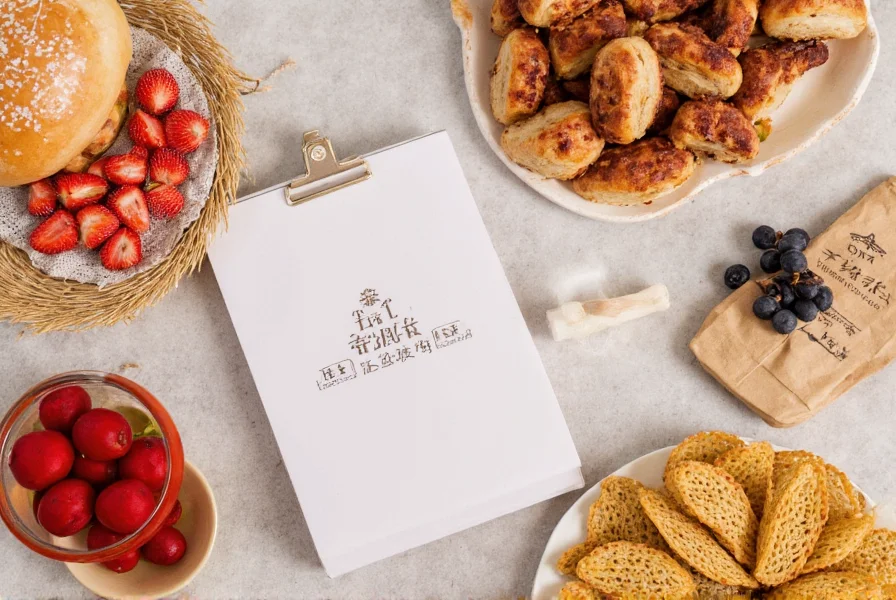
Choosing between pickling and fermentation depends on your goals:
Use Pickling When:
- You need quick results—like pickled onions for tacos or pickled carrots for sandwiches.
- You want to preserve crisp texture and bright acidity for salads or garnishes.
- You're making shelf-stable pantry items without refrigeration (for sealed jars).
Use Fermentation When:
- You want to develop deep, complex flavors—like sauerkraut for hot dogs or kimchi for stir-fries.
- You're interested in probiotic benefits for gut health.
- You're making staple fermented foods like yogurt, sourdough, or kombucha.
Essential Tools for Pickling & Fermenting

Start with these basic tools for successful preservation:
Jars & Containers
- Mason Jars
- Perfect for quick pickling and short-term fermenting.
- Durable, easy to seal, and widely available.
- Best for beginners.
- Wide Mouth Fido Jars
- Great for fermenting due to air-sealed lids.
- Prevent mold by releasing CO2 naturally.
- Worth the investment for serious fermenters.
Weights & Lids
- Glass Fermentation Weights
- Keep vegetables submerged under brine.
- Prevent surface mold and ensure successful fermentation.
- Inexpensive and reusable.
- Plastic Airlock Lids
- Allow gases to escape without letting air in.
- Essential for fermenting cabbage, carrots, or other vegetables.
- Available as part of fermentation kits.
Frequently Asked Questions

Is pickling the same as fermenting?
No, pickling and fermentation are distinct preservation methods. Pickling uses an acidic solution (typically vinegar) to preserve food quickly, while fermentation relies on beneficial bacteria breaking down sugars naturally over time. Though both preserve food and enhance flavor, their mechanisms, timeframes, and resulting flavor profiles differ significantly.
Can you ferment without salt?
Traditional fermentation requires salt to create the right environment for beneficial bacteria. However, some modern methods use starter cultures or vinegar for salt-free fermentation, though results may vary. Always follow tested recipes for safety.
Which method preserves food longer—pickling or fermentation?
Pickling generally has a longer shelf life when properly sealed (months to years), while fermented foods typically last weeks to months in refrigeration. However, fermented foods continue to develop flavor over time, while pickled foods maintain consistent taste.
Do fermented foods have health benefits that pickled foods don't?
Yes, fermented foods often contain live probiotics that support gut health, while pickled foods do not. Fermentation also increases bioavailability of certain nutrients and creates new beneficial compounds. Pickling preserves original nutrients but doesn't add probiotic benefits.
Can I use pickled vegetables in place of fermented ones in recipes?
You can substitute in some cases, but expect flavor differences. Pickled vegetables deliver immediate acidity and crisp texture, while fermented vegetables offer deeper umami and softer texture. For recipes like tacos or sandwiches, pickled onions work well; for kimchi-based dishes, fermented versions are essential.
Conclusion: Mastering Food Preservation
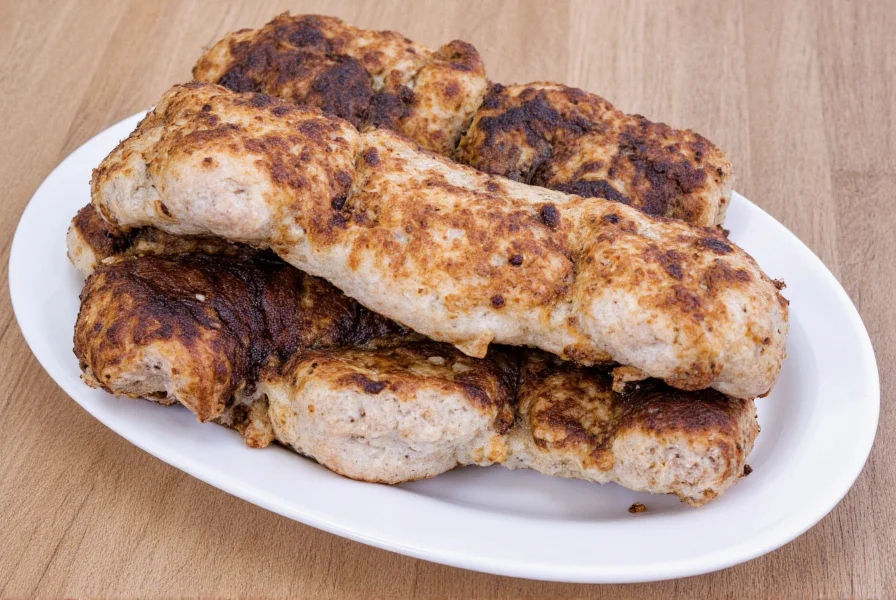
Whether you're pickling for quick crunch or fermenting for complex depth, understanding the difference helps you unlock new dimensions in flavor and nutrition. Food preservation isn't just about extending shelf life—it's about transforming simple ingredients into something extraordinary.
So next time you're faced with a jar of cucumbers or cabbage, you'll know exactly which method to use. Happy preserving!

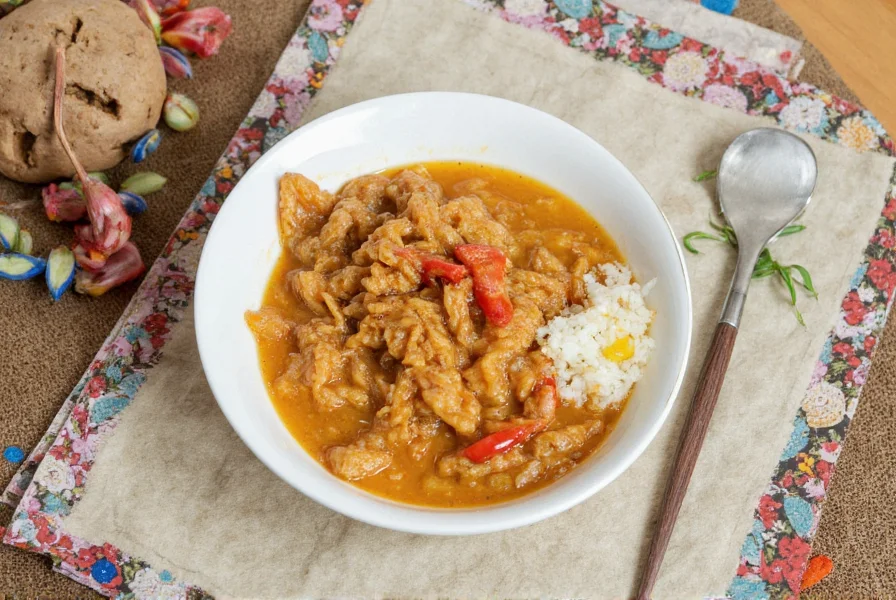









 浙公网安备
33010002000092号
浙公网安备
33010002000092号 浙B2-20120091-4
浙B2-20120091-4